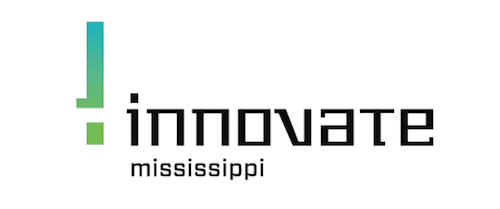Two University of Southern Mississippi faculty members have been working with the U.S. Department of Homeland Security to learn more about the impact and effectiveness of technology designed to help individuals stay safe in an emergency.
David Cochran and Bandana Kar, associate professors in the USM Department of Geography and Geology, recently completed the four-year project which was one of only 10 nationwide funded by the federal agency to examine the implementation and effectiveness of Wireless Emergency Alert (WEA) messages that appear on smart phones during bad weather or other hazardous events.
“The purpose of our research was to identify warning technologies, and determine effective alert message format and content to maximize coverage in the three counties along the Mississippi Gulf Coast,” Cochran said. The constituent audience included federal, state and local first responders and emergency management agencies, as well as community leaders, wireless providers, community organizations, universities and other research institutions.
Among the findings included that a number of different technologies are preferred by residents because they offer accurate and up-to-date information (i.e., TV, radio, NWR, Reverse 911, and cell phones). By contrast, sirens, despite their limited spatial range, are still considered by emergency personnel and the general public to be effective in motivating people to take positive actions.
In recent years, considerable progress has been made in implementing DHS’s WEA system, which pushes information to all cell phones in an area under risk of a hazard.
“Our research found that a sizable minority of survey respondents indicated their lack of knowledge about WEA in general,” Kar said. “Given variations in cell phone coverage, local emergency management agencies were also skeptical of its effectiveness in reaching out to everyone in harm’s way.”
Originally, WEA messages were limited to 90 characters, preventing them from containing detailed information. FCC is in the process of increasing character length to 360 in response to the results of this and other research projects funded by DHS.
Cochran and Kar’s research showed the public generally supports this action and wants warning messages to share other information as well, including the nature of the disaster; maps of impact zones; time-frame; duration; recommended actions; evacuation routes and shelter locations; time to take action; and hyperlinks to resources providing additional information.
Current warning technologies provide almost 100 percent spatial coverage, meaning every individual should be able to receive alerts. However, messages are generally disseminated in English, which hinders non-English-speaking residents, specifically immigrants, from obtaining information about a disaster and appropriate mitigation actions.
Residents surveyed also expressed their inclination to use social media, including Twitter and Facebook, to reach out to family and friends as well as to receive alerts and warnings from emergency management agencies. But while social media is a resource local emergency management agencies use in disseminating risk information, investment in it has been less than with other technologies due to limited public resources.
Additionally, the study also showed local residents place a great deal of trust in family and friends and indicated their inclination to take action, such as to respond to evacuation orders, was tied to what family and friends decided to do. Cochran and Kar note that this response is cause for some concern. Despite the prevalence of different devices, ultimately peer communication and familial relationships seem to be the deciding factors in response to warnings.
For more information about this study, contact Cochran at david.cochran@usm.edu or Kar at bandana.kar@usm.edu; for information about the project, visit http://ghrldev.st.usm.edu, for information about the USM Department of Geography and Geology, visit https://www.usm.edu/geography-geology.
-30-
